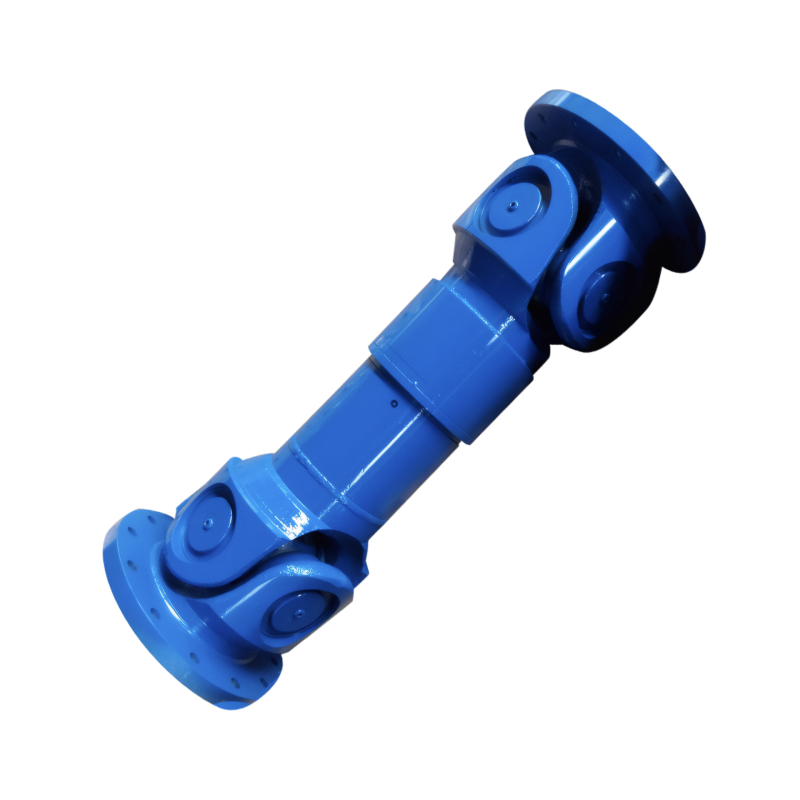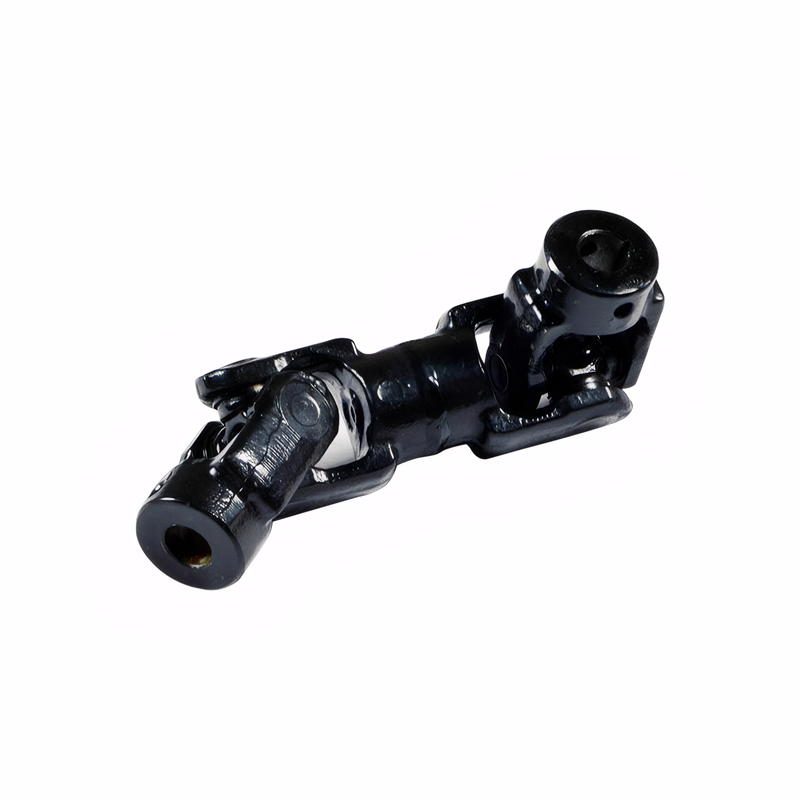Special requirements for winter maintenance of drive shafts
Special Winter Maintenance Requirements for Transmission Shafts
Cold Weather Lubrication Adjustments
Season-Specific Grease Selection
Winter conditions demand precise lubrication management to counteract temperature-induced viscosity changes. For universal joint cross bearings, replace summer-grade 3# lithium-based grease with 2# lithium-based alternatives that maintain proper flow characteristics below freezing. This substitution prevents lubricant thickening that could restrict joint movement or cause premature wear.
In regions experiencing sustained sub-zero temperatures, consider synthetic greases formulated for extreme cold. These products retain lubricating properties down to -40°C while providing superior protection against moisture ingress. Apply grease through existing zerk fittings until fresh lubricant appears at boot seals, ensuring complete bearing coverage.
Spline Joint Protection
For transmission shafts with slip yokes, apply low-temperature compatible lubricants to spline interfaces during winter maintenance. These specialized formulations prevent galling and corrosion while maintaining smooth telescoping action. Avoid over-lubrication, as excess grease can attract road debris or damage protective boots.
Component Integrity Verification
Rubber Component Inspection
Freezing temperatures accelerate degradation of elastomeric materials used in transmission shaft components. Conduct thorough examinations of:
- Protective boots for cracks or stiffness
- Mounting bushings for permanent deformation
- Seals for loss of elasticity
Replace any compromised rubber parts immediately, as cold-induced brittleness significantly increases failure risk. When installing new components, warm them to ambient temperature before fitting to ensure proper sealing.
Fastener Torque Verification
Thermal contraction during winter can alter bolt preloads, potentially causing connection loosening. Using a calibrated torque wrench, recheck:
- Flange yoke mounting bolts
- Intermediate support bearing retainers
- Slip yoke retaining clips
Apply thread-locking compound to critical fasteners during reassembly to prevent vibration-induced loosening. For aluminum components, reduce torque values by 10-15% to account for material contraction differences.
Operational Performance Optimization
Cold Start Protection
Implement pre-operation warming procedures for vehicles stored outdoors in winter:
- Allow 2-3 minutes for engine oil to circulate before engaging transmission
- Avoid immediate high-RPM operation until lubricant reaches optimal temperature
- Gradually increase load during initial movement
These measures reduce shock loading on transmission shaft components during cold starts, when material brittleness increases fracture risk. For commercial vehicles, consider installing block heaters to maintain engine and driveline temperatures during extended idle periods.
Driving Pattern Adjustments
Modify operational practices to minimize winter stress on transmission shafts:
- Avoid sudden acceleration from standstill on icy surfaces
- Maintain consistent throttle input during cornering to prevent driveline windup
- Reduce high-speed operation on uneven road surfaces
When traversing snow-covered terrain, engage four-wheel drive systems (if equipped) to distribute torque more evenly across axles. This reduces individual component loading and extends service life.
Preventive Maintenance Enhancements
Corrosion Control Measures
Winter road treatments containing calcium chloride or magnesium chloride accelerate metallic corrosion. Implement these protective strategies:
- Apply wax-based corrosion inhibitors to exposed shaft surfaces monthly
- Install aftermarket stainless steel clamps on protective boots
- Rinse undercarriage weekly to remove salt residues
Pay special attention to welded joints and crevices where moisture can accumulate. For vehicles operating in coastal winter climates, increase inspection frequency to detect salt-induced corrosion early.
Storage Best Practices
For seasonal vehicles or long-term winter storage:
- Elevate vehicle on jack stands to relieve transmission shaft loading
- Apply rust-preventive coating to splined components
- Store in climate-controlled facilities when possible
- Cover with breathable vehicle covers to prevent condensation buildup
Prior to reactivation, perform complete driveline inspection including dynamic balancing tests to ensure safe operation after prolonged inactivity.
 The structure of the middle su
The structure of the middle su
 The connection method of the d
The connection method of the d
 The function of the splined sh
The function of the splined sh
 Check for deviation of the dri
Check for deviation of the dri

